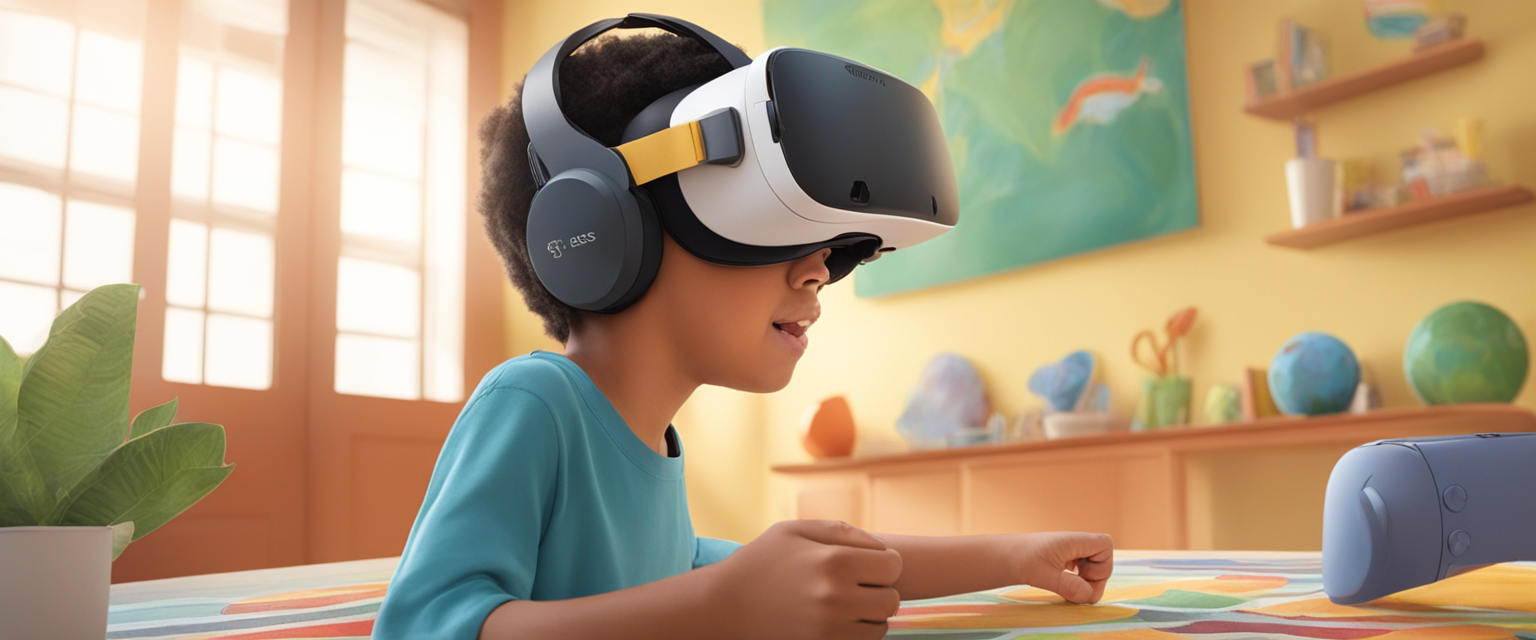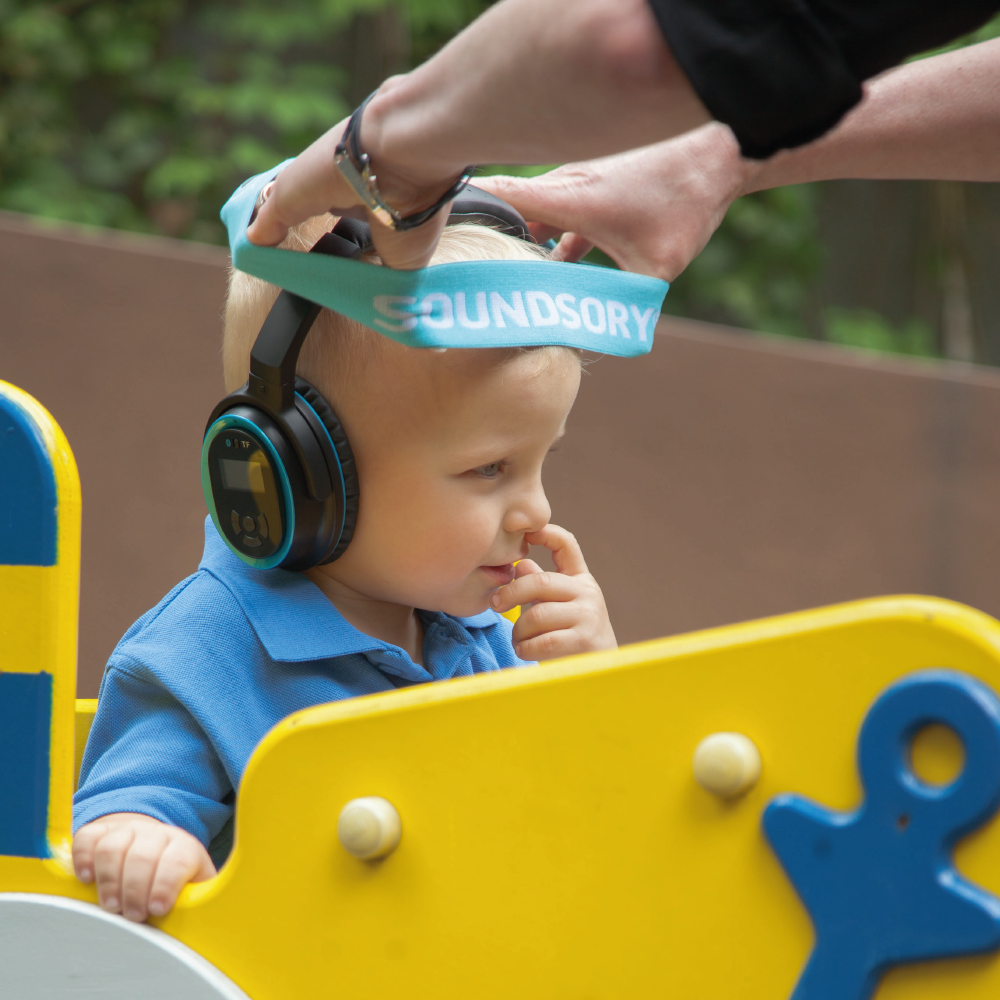
Imagine a world where the barriers of social interaction can be gently dismantled, where the intricate dance of human connection becomes a joyful exploration. This is the world that virtual reality (VR) is beginning to unlock for individuals with autism. Through the lens of VR, they are experiencing transformative journeys that are reshaping not only their social skills but also the hearts of their families. Experiences like these highlight the importance of crafting a multi-sensory journey for those on the autism spectrum.
The Human Connection: VR's Impact on Individuals
Take, for example, the story of 10-year-old Eli, whose journey with autism has been a solitary one. The cacophony of a school playground was a sensory overload he could not navigate. That was until VR became a part of his therapy. In the virtual world, Eli learned to interpret social cues, to wait his turn, and to engage with his peers in a setting that felt safe. The progress was not instantaneous, but it was steady and real. Eli's mother, with tears of joy, recounted the first time he made a friend—a milestone made possible by his newfound confidence.
Breaking Down Barriers: VR in Education
In virtual classrooms, children with autism can learn at their own pace, free from the pressure of a traditional environment. They can repeat tasks until they feel comfortable, and educators can tailor lessons to each child's unique needs. This personalized approach is yielding results that speak volumes. For instance, Michael, a 14-year-old with a deep interest in history, was struggling with attention in class. VR allowed him to 'visit' historical sites and engage with the material in a way that books never could. His grades have improved, but more importantly, his enthusiasm for learning has been reignited.
It's not just the children who are benefiting; parents and teachers are finding that VR tools offer invaluable insights into the ways children with autism perceive and interact with the world around them. This understanding is fostering a more inclusive and supportive learning environment, both in and out of the virtual realm.
VR and the Family Dynamic
The impact of VR on families cannot be overstated. For many, it has been a beacon of hope, a means to connect with their children on levels they feared were out of reach. Sarah, mother of 8-year-old Alex, shared how VR social stories helped her son express his emotions more clearly. 'It's like he found a voice he didn't know he had,' she said.
As families navigate the complexities of autism, VR stands as a testament to the power of technology to bridge gaps and heal. It's a reminder that every child has the potential to thrive when given the right tools and support.
Integrating VR into Therapy and Beyond
Therapists are also embracing VR, integrating it into their practices as a complement to traditional methods. The immersive nature of VR provides a controlled environment where individuals with autism can practice and learn without the fear of real-world consequences. This safe space is crucial for building the confidence necessary to face the unpredictability of daily life.
It's a gateway to new experiences, hobbies, and even careers. For some, it has sparked an interest in technology and programming, fields where the unique perspectives of individuals with autism are not just welcomed but needed.

Amidst these stories of transformation, there are also innovative programs like Soundsory, a multi-sensory, home-based program designed to improve motor and cognitive abilities. It combines specially processed music with movement-based exercises, offering a complementary approach to the sensory experiences provided by VR.
Every step forward in the realm of autism is a step toward a more understanding and inclusive society. VR is not a panacea, but it is a powerful ally in the journey towards a world where everyone has the opportunity to learn, grow, and connect in their own unique way. As we continue to explore and expand the possibilities of VR in social learning, we're not just changing individual lives—we're reshaping the fabric of our communities for the better.
At the heart of these advancements lies a simple truth: when we invest in the potential of individuals with autism, we unlock a wealth of talent and creativity. We open doors to new worlds—both virtual and real—and in doing so, we enrich our own.










Leave a comment